How to Use USB-to-VGA Adapters to Connect to Old Monitors
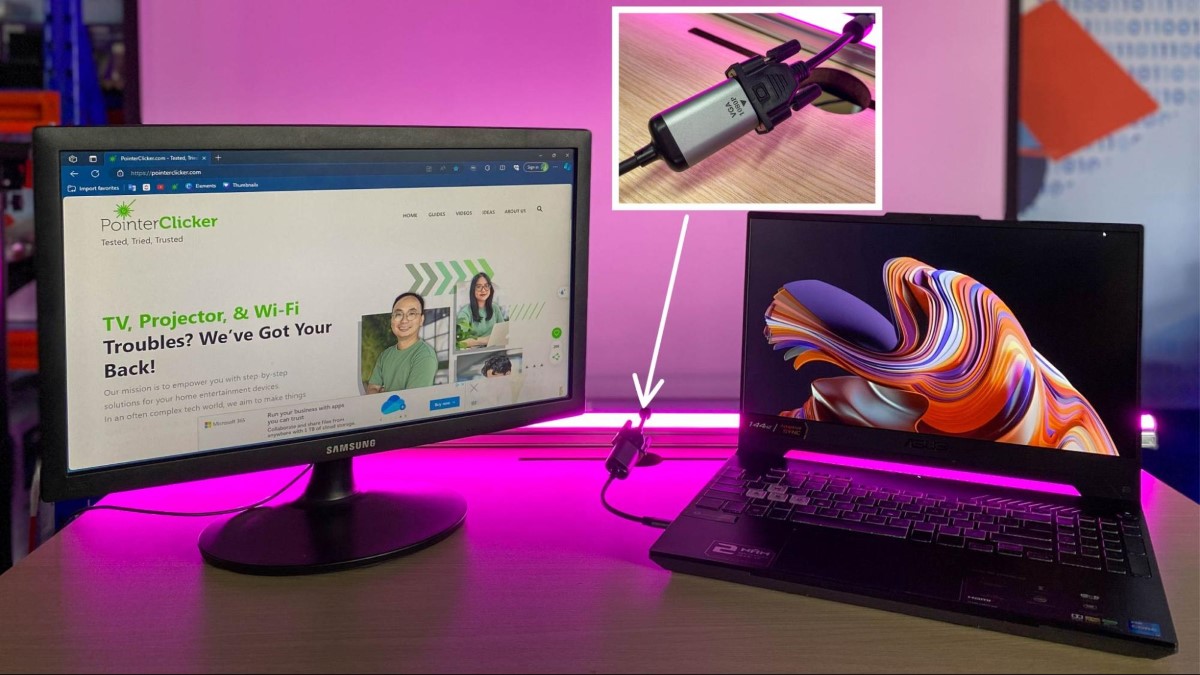
What To Know
- USB to VGA adapters enable the connection of laptops or PCs to larger displays, such as monitors and projectors, by converting USB digital signals to VGA analog signals.
- Two main types of adapters exist: USB-C to VGA, which requires no drivers and supports up to Full HD resolution, and USB to VGA, which requires driver installation and is optimal with USB 3.0 ports for full resolution.
- Proper usage involves connecting the adapter to the USB port of the computer, attaching a VGA cable to the adapter and the external display, and adjusting display settings if necessary for optimal video quality.
In this article, we’ll explore whether USB to VGA adapters work and how to use them properly.
Let’s get started!
Quick Navigation
Do USB to VGA Adapters Work?
Yes, USB to VGA adapters work very well to convert digital display signals from the USB to analog video signals.
These adapters are mostly used by laptop or PC users to project their screens to a larger display, which can be useful in presentations and for entertainment purposes.
The driver in the computer compresses the video signals and sends them through the USB cable. The chip in the adapter decodes the data into digital video signals.
The chip then converts the digital video signals to analog video graphic arrays, which are then passed through the VGA port.
USB-to-VGA adapters are primarily available as “USB to VGA” and “USB-C to VGA” adapters. The “USB” adapter uses the moribund Type-A port.
To learn more on how to use the adapters properly, continue reading.
How to Use USB-C to VGA Adapters Properly
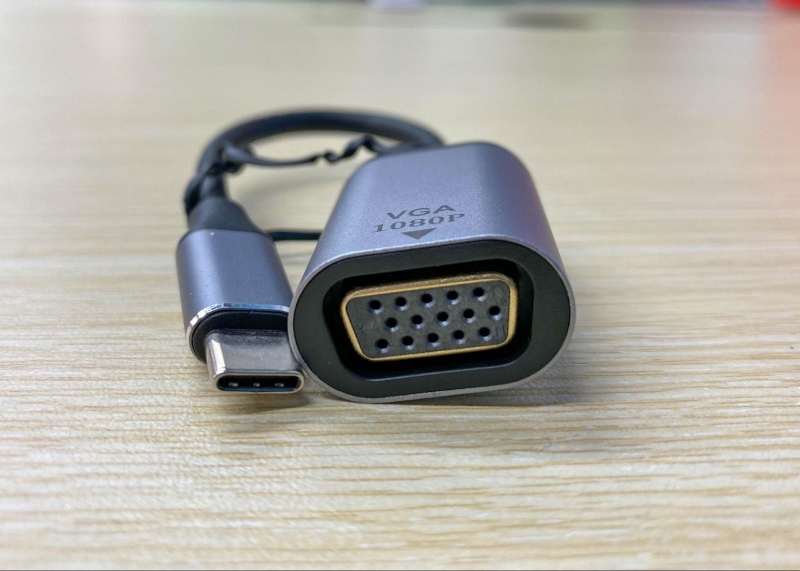
A USB-C to VGA adapter helps connect a USB-C port-sporting MacBook or a Windows laptop to a VGA port-equipped external display.
The adapter contains dedicated electronics (a conversion chip) that facilitate converting the digital signals into VGA display-compatible analog signals.
The adapter usually supports conversions of videos with resolutions up to Full HD (1920 x 1080), due to VGA’s inherent constraints.
If you think you’ll need the adapter in your setup, look at the BENFEI USB-C to VGA adapter. The highly-rated adapter has proven to be stable and offers excellent video outputs.
If you use a Mac, consider this Apple adapter accessory with your eyes closed.
Requirements
To use a USB-C to VGA adapter, you’ll need a laptop or desktop computer with a Type-C port with DisplayPort Alt Mode support.
USB-C DP Alt Mode ports help transmit video signals, facilitating communication between an input source or display device and an external device.
By the way, the conversion adapter is plug-and-play, having no setup or driver installation protocols.
How to Determine if Your Laptop/PC Has a USB-C Alt Mode Port
Your laptop or desktop computer model’s specifications should tell if the device supports USB-C Alt Mode.
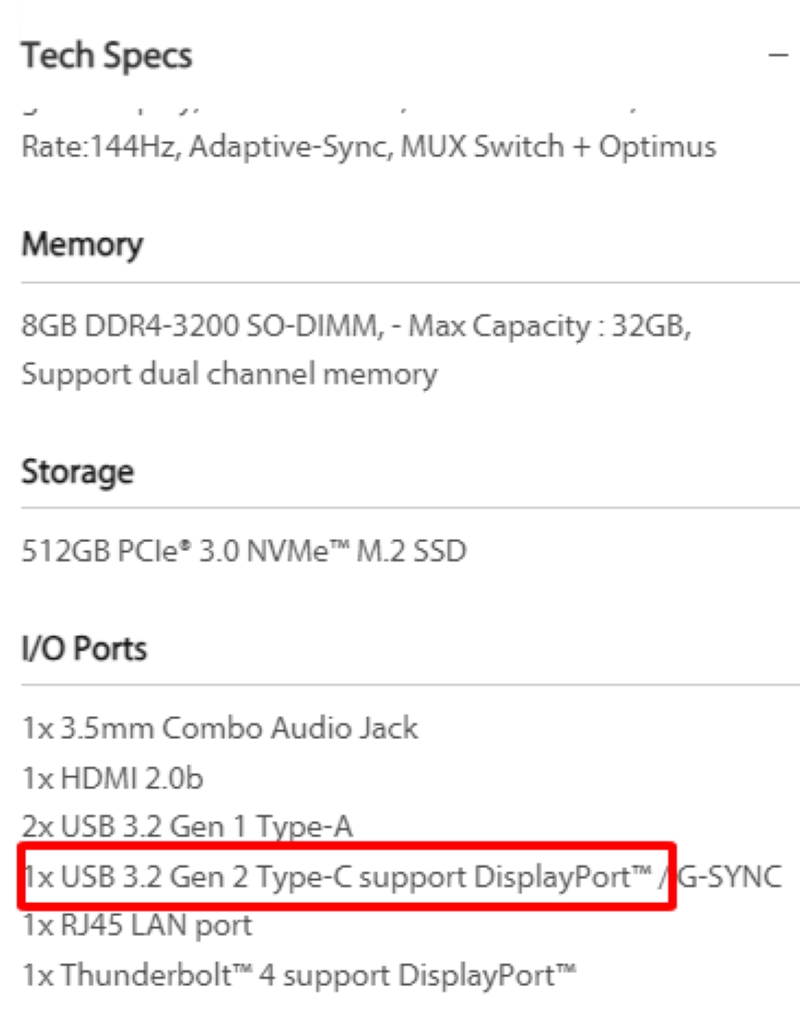
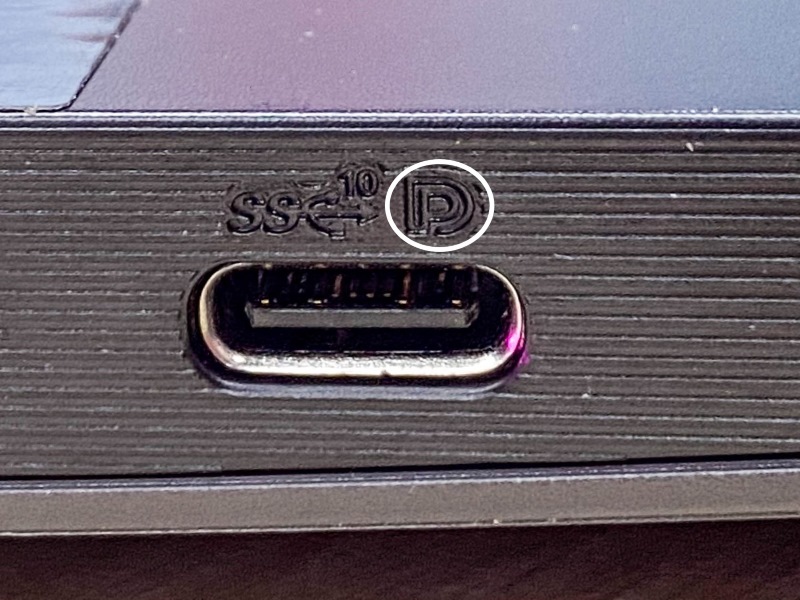
Step-by-Step Instructions
Step 1: Insert the adapter’s USB-C connector into your computer’s Type-C port.
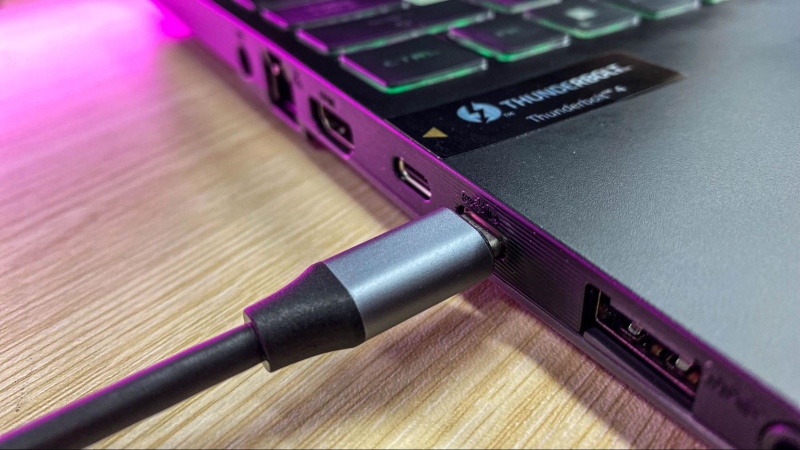
Step 2: Connect one end of a VGA cord to the adapter’s VGA output port and the other to the corresponding port on the external monitor.
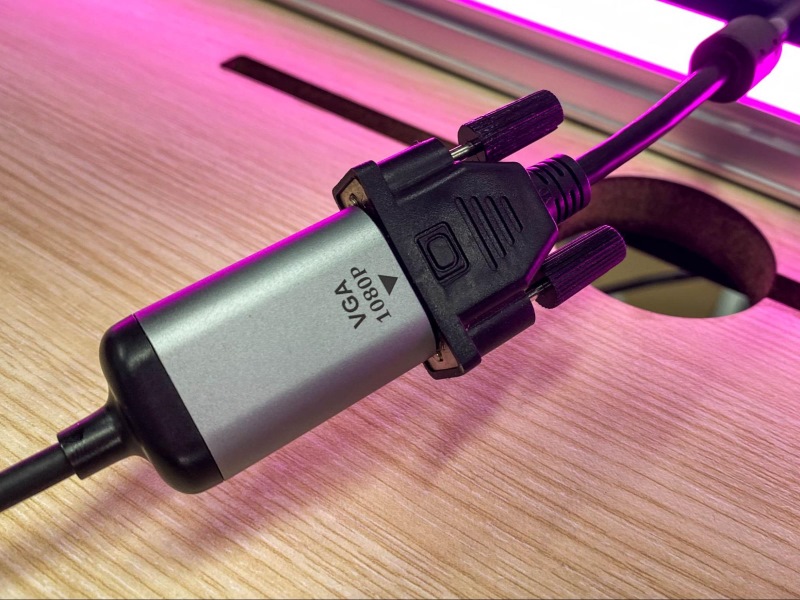
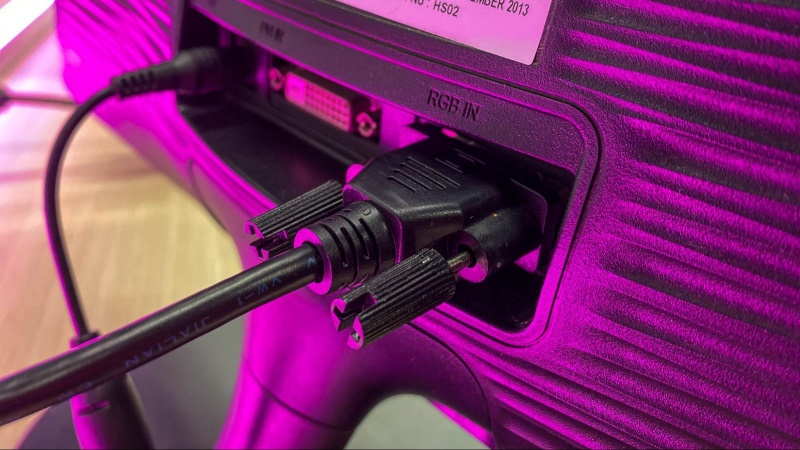
Step 3: If the monitor doesn’t automatically detect the input source, set its input settings to the VGA standard.
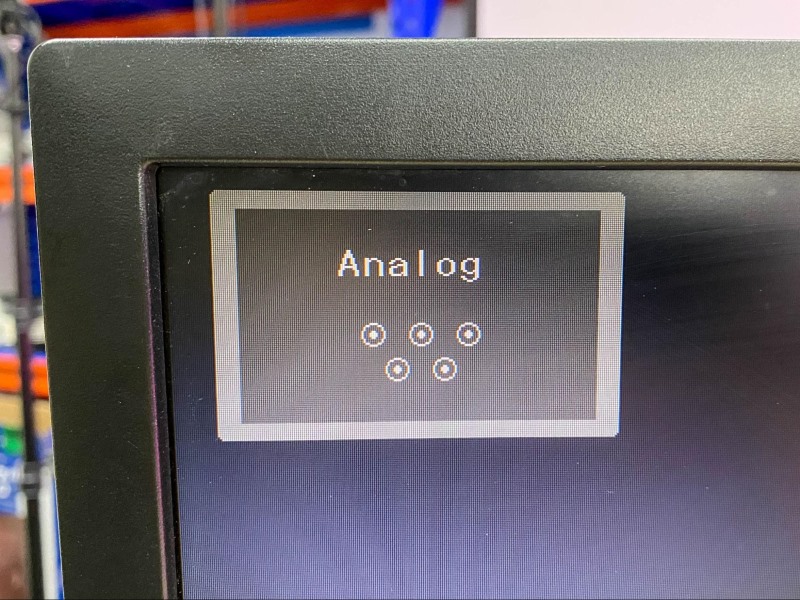
You will now see the external monitor mirroring your laptop or desktop PC screen.
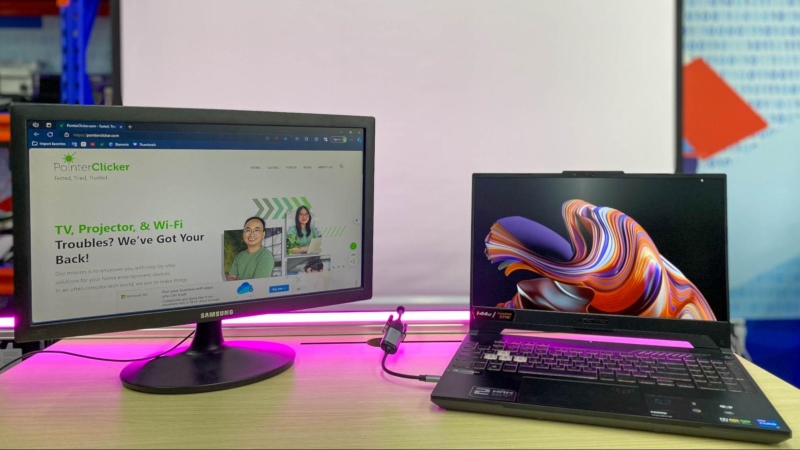
The video output on the external screen will not be identical to the laptop but optimized to match the display’s size and quality.
But if it’s just a replica, modify the display settings in your laptop or desktop computer so that the output suits the external monitor better.
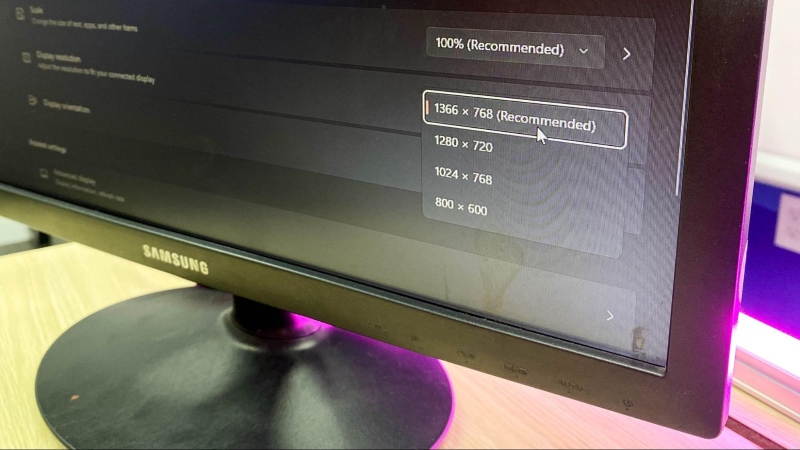
How to Use USB to VGA Adapters Properly
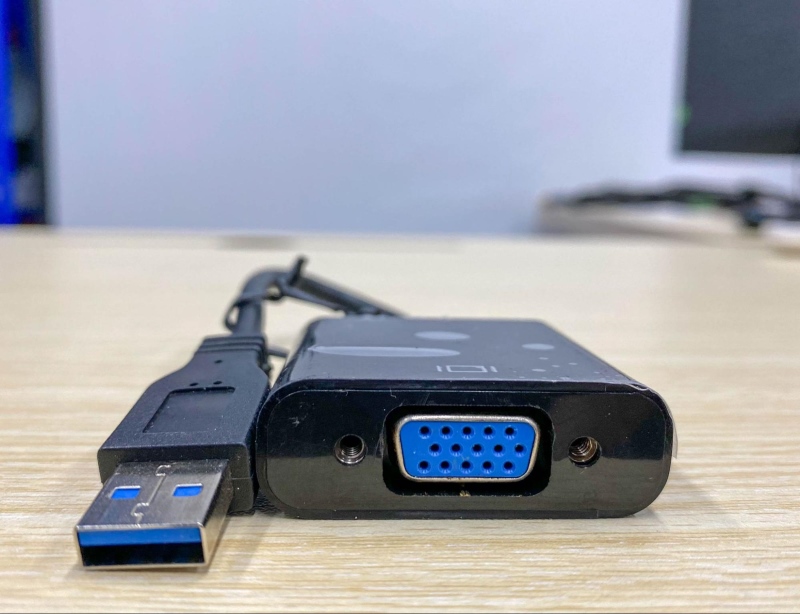
The USB (Type A) to VGA adapter lets you hook up laptops, PCs, and other USB-enabled devices to external monitors, TVs, projectors, and other VGA-compatible display devices.
Requirements
Compatible Operating Systems:
- Windows XP or later
- macOS El Capitan (10.11) or later.
- No support for Linux devices or Chromebooks
USB Port Requirements:
- The computer must have a USB 3.0 port(s) for optimal performance or to support up to FHD resolutions at a 60Hz refresh rate.
- The adapter may sport the lower USB 2.0 port, with the maximum resolution lowered to 800 x 600 (SVGA) at 60Hz.
Driver installation:
- The computer must have the necessary drivers installed for the adapter to function correctly since USB-A may not support various protocols (like DisplayPort Alt Mode) that USB-C backs.
How to Check if Your Laptop/PC Has a USB 3.0 Port
1. Visually inspect the USB-A port on your computer. A USB 3.0 port typically uses blue connectors or sports the SuperSpeed (SS) sign.
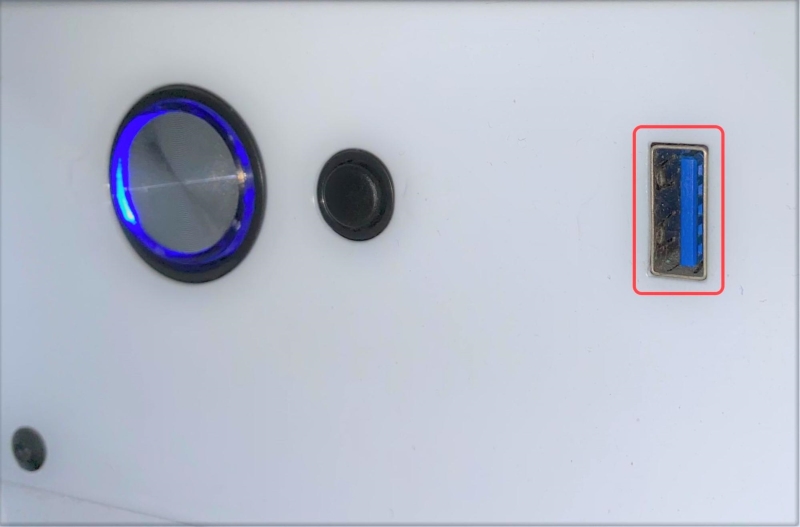
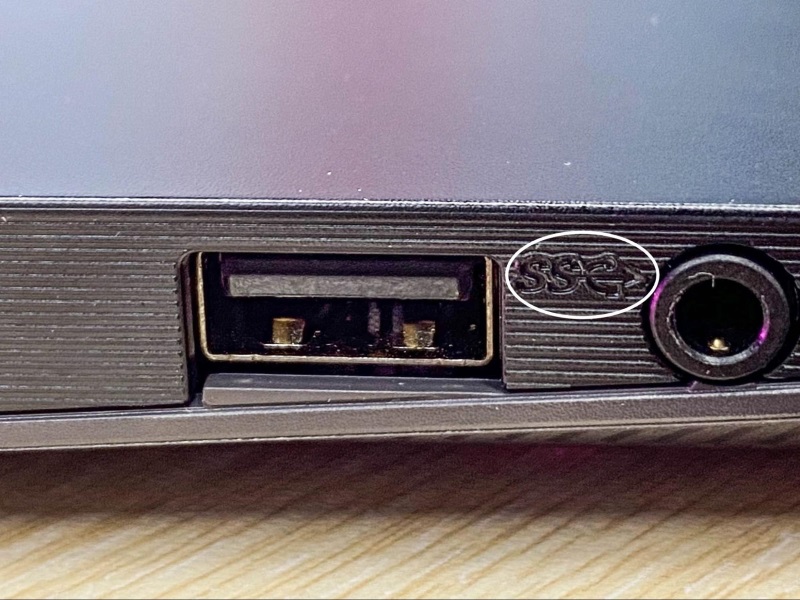
2. You can also dive into your computer’s settings to glean the data:
On a Windows device:
Step 1: Invoke the “Device Manager.” Right-click the Start menu and select Device Manager. Alternatively, type “device manager” in Windows search to access the tool.
Step 2: Find the “Universal Serial Bus Controllers” section at the bottom and expand it by clicking the right arrow sign before it.
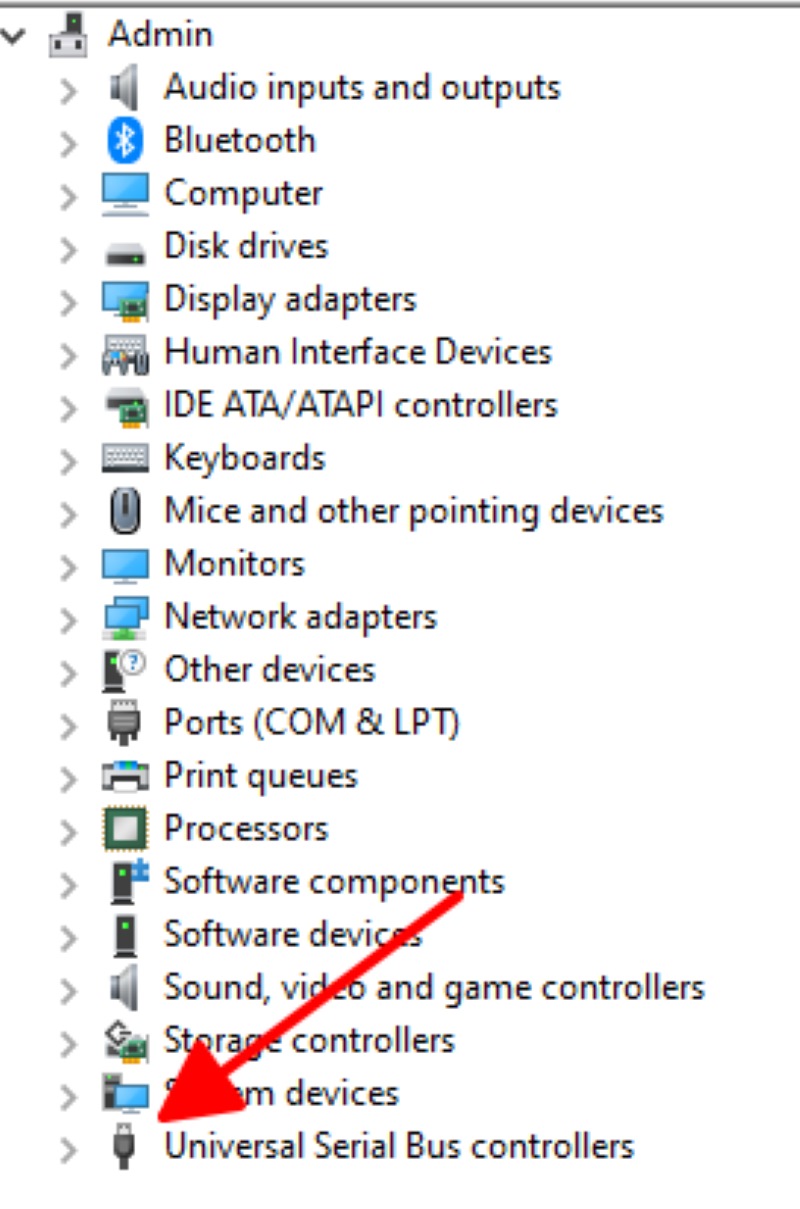
Step 3: Check if sub-sections with “USB 3.0” and “USB 3.1” exist.
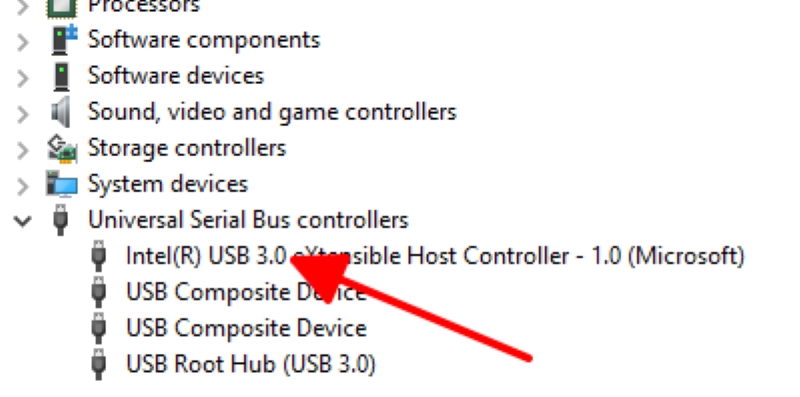
If they do, then your device uses USB 3.0 ports.
On a Mac:
Step 1: Click the Apple sign at the top-left and choose “About This Mac.”
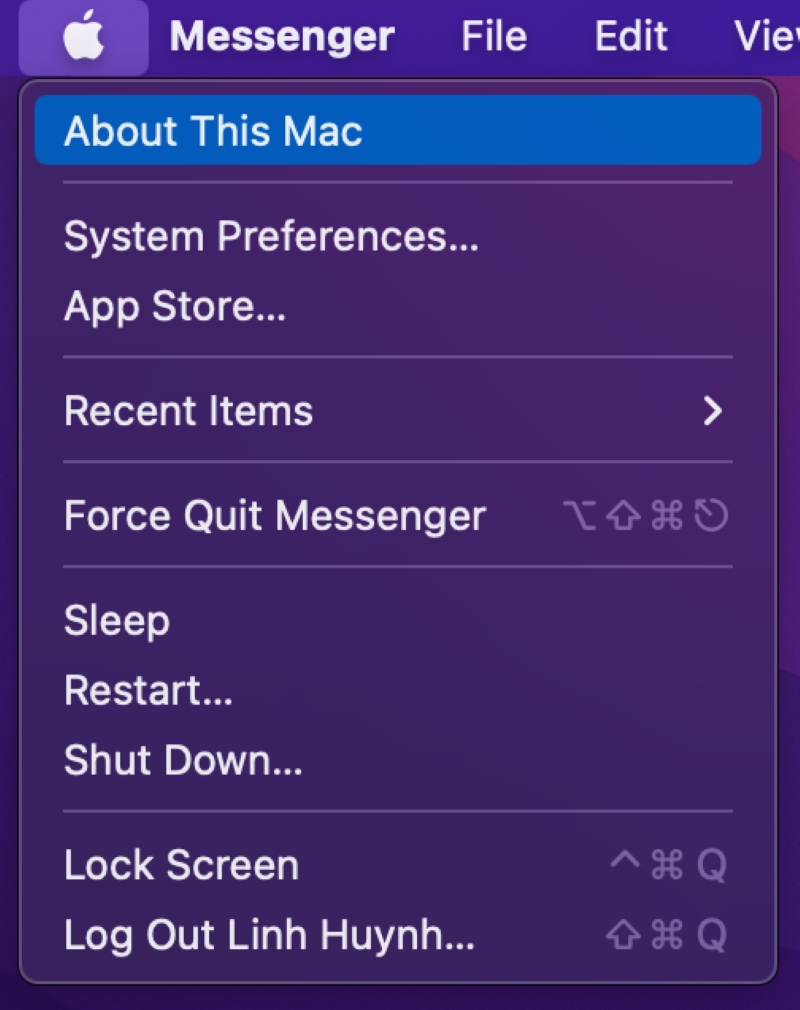
Step 2: In the window that appears, select “System Report.”
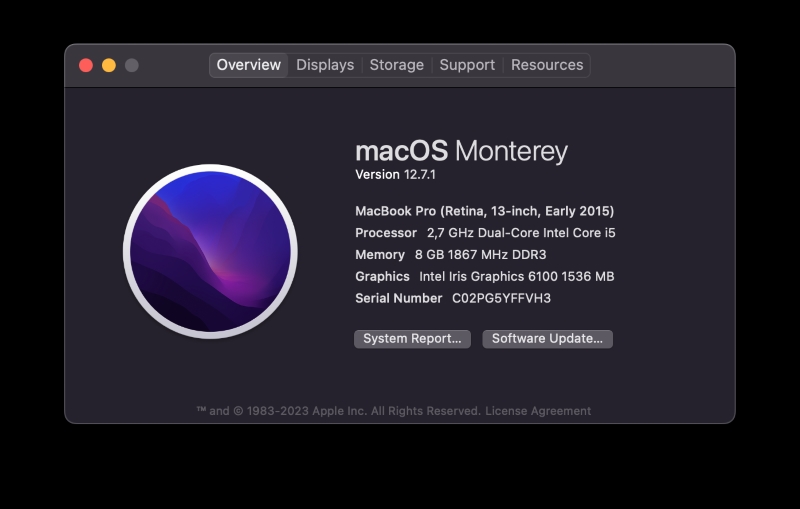
Step 3: Expand “Hardware” and select “USB.”
Check if “USB 3.0” is mentioned under “USB Device Tree.”
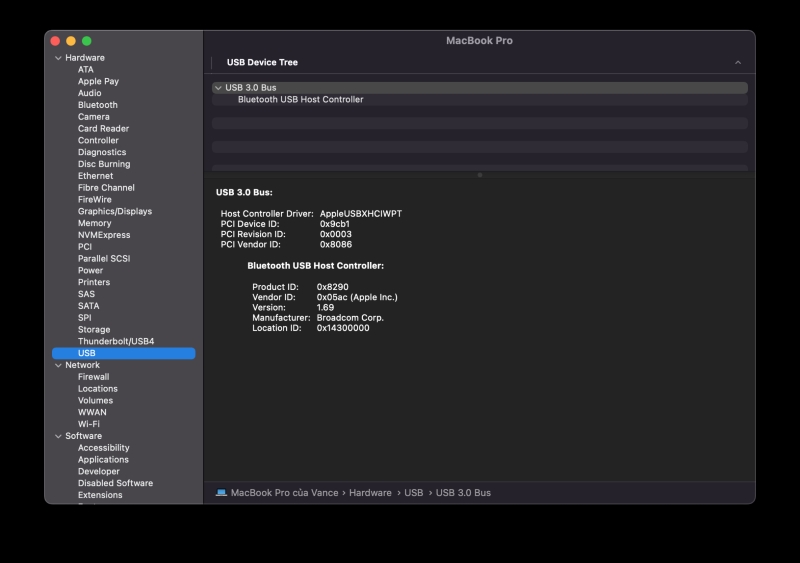
3. Another method is to look up your laptop or computer’s specifications online (preferably on the official website) and check USB-related information. If the device supports USB 3.0, the type will be mentioned.
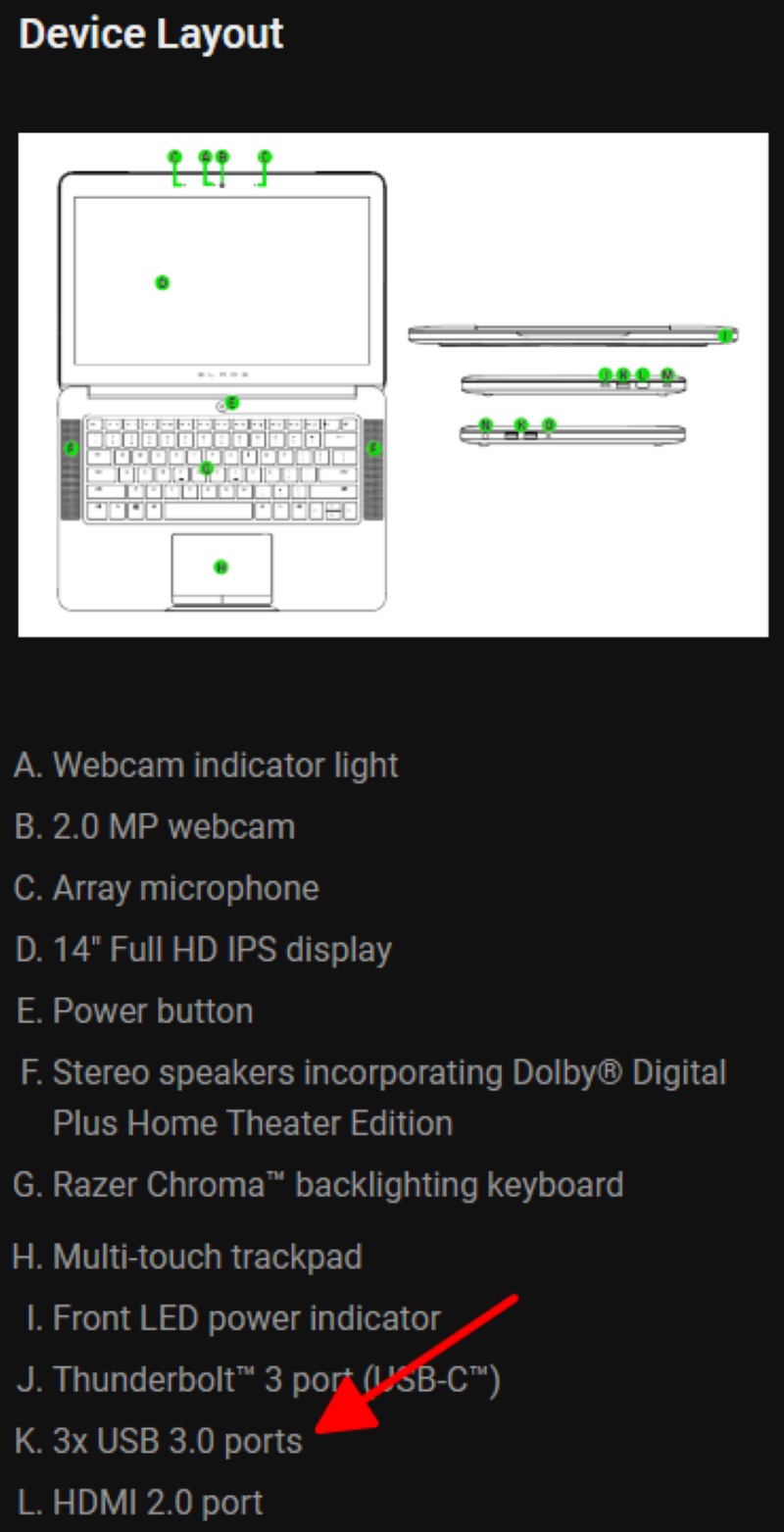
How to Install the Adapter Driver
Windows OS
Step 1: If your adapter comes with a CD, its drivers should be on the disc.
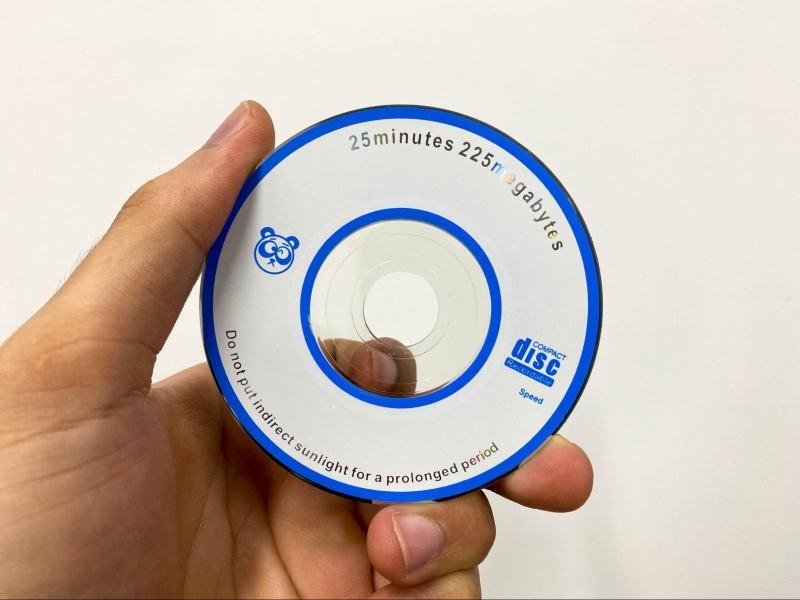
If your desktop PC or laptop has no built-in CD player/reader (modern computers don’t have one), download the necessary drivers online.
Here is a link for downloading the driver.
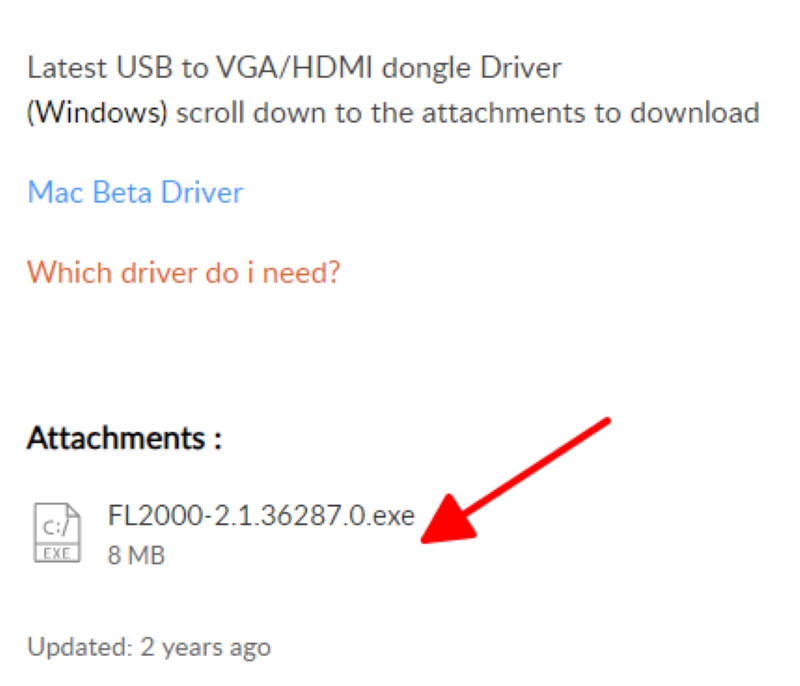
Once downloaded, install the driver onto your computer.
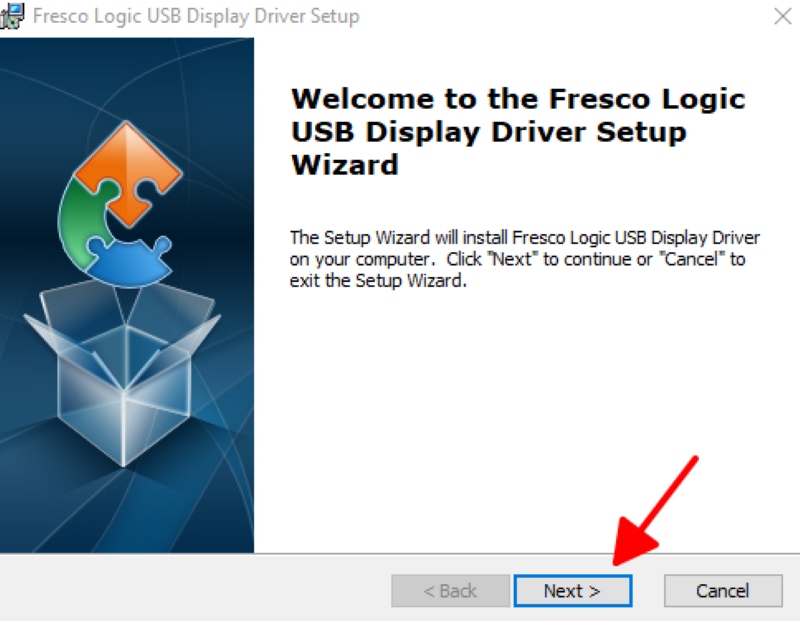
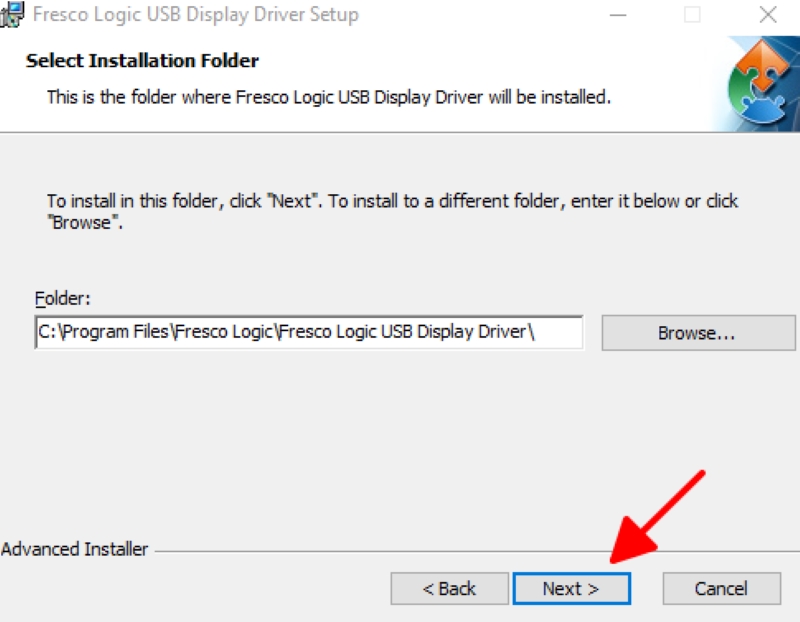
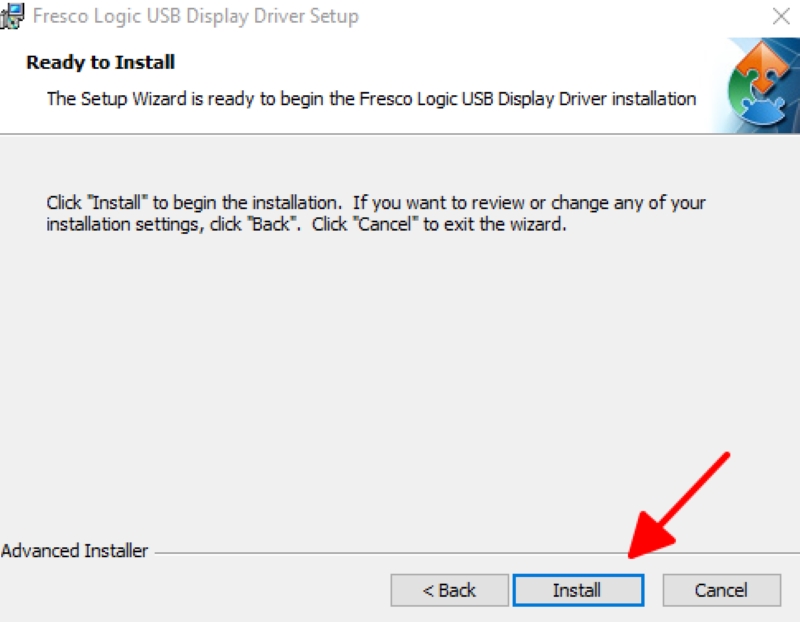
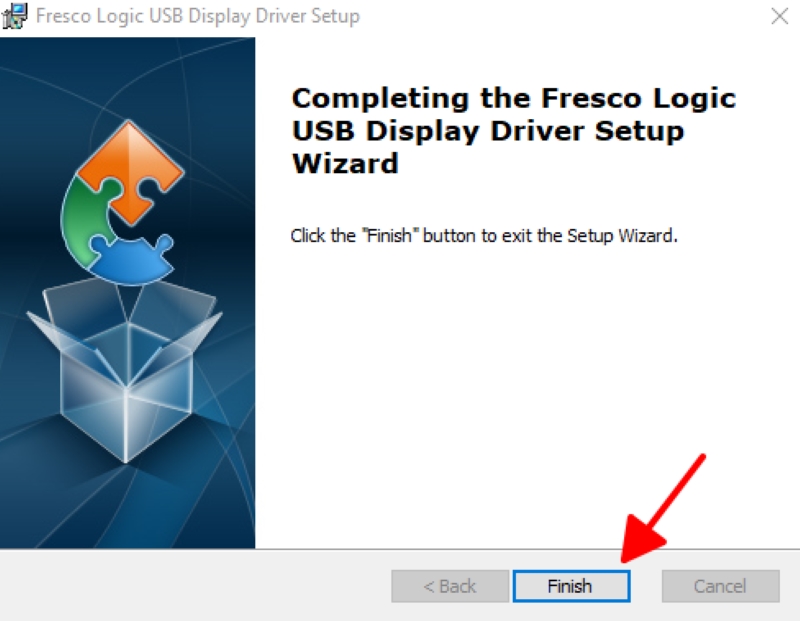
macOS
For MacBooks, here’s the link to download the driver.
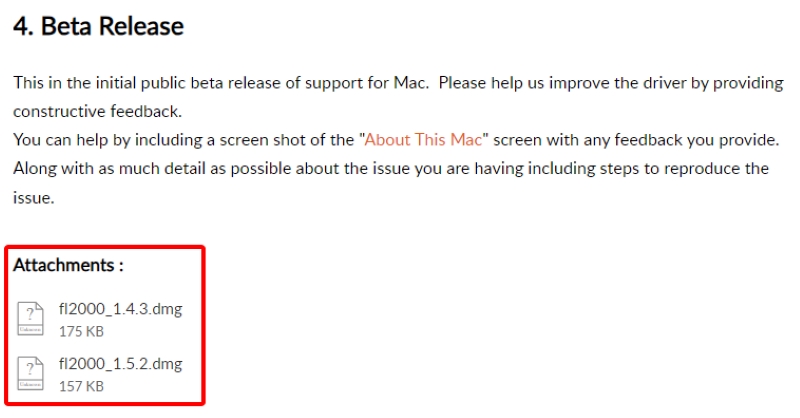
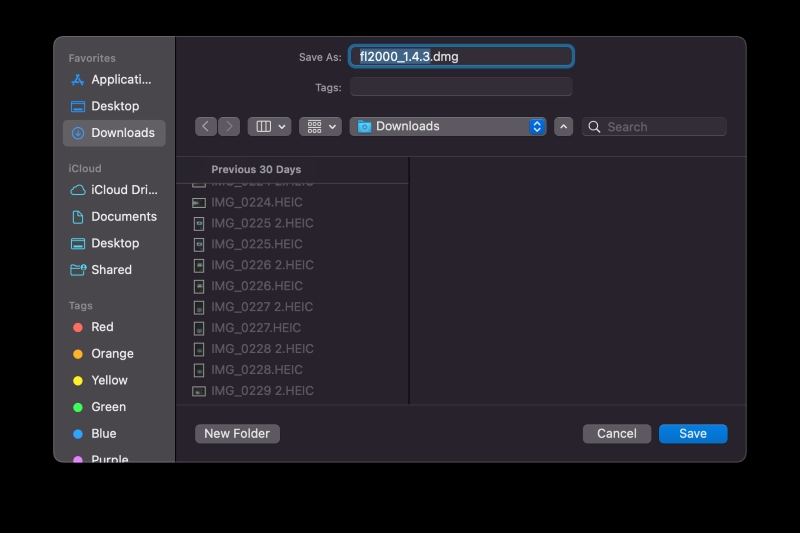
Next, install the driver to your Apple device by following the prompts on the screen.
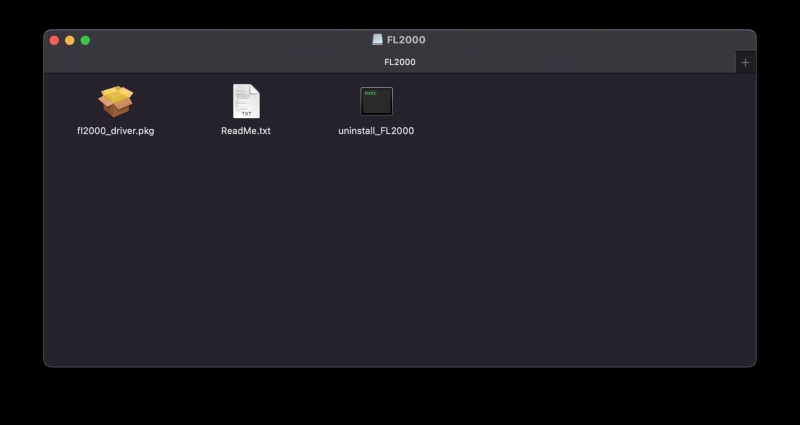
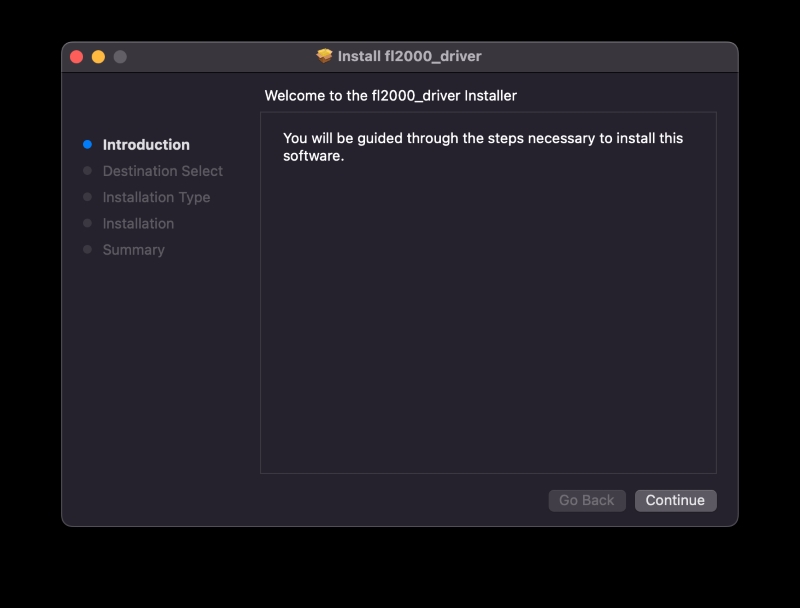
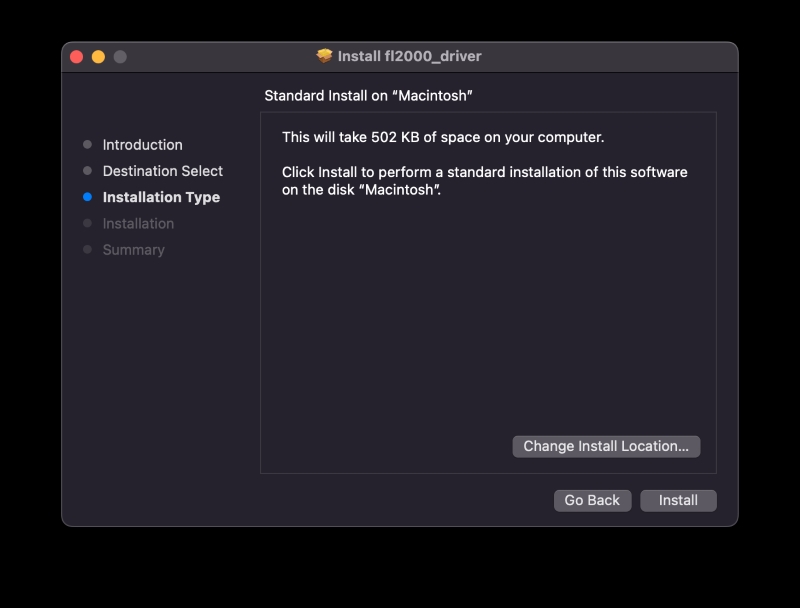
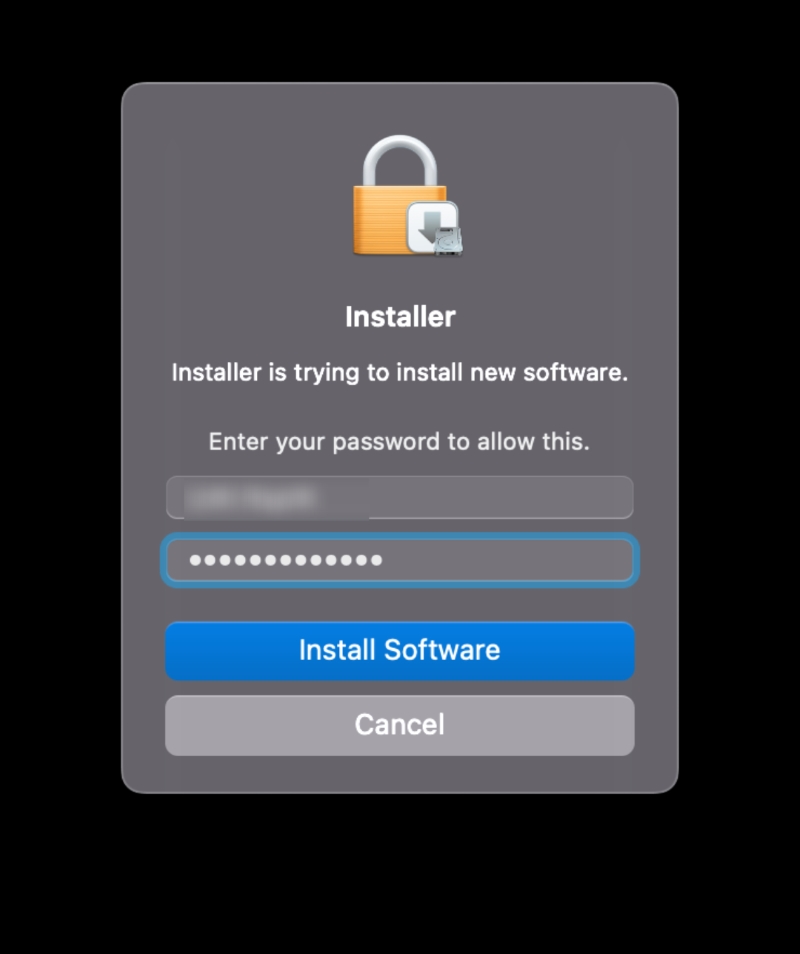
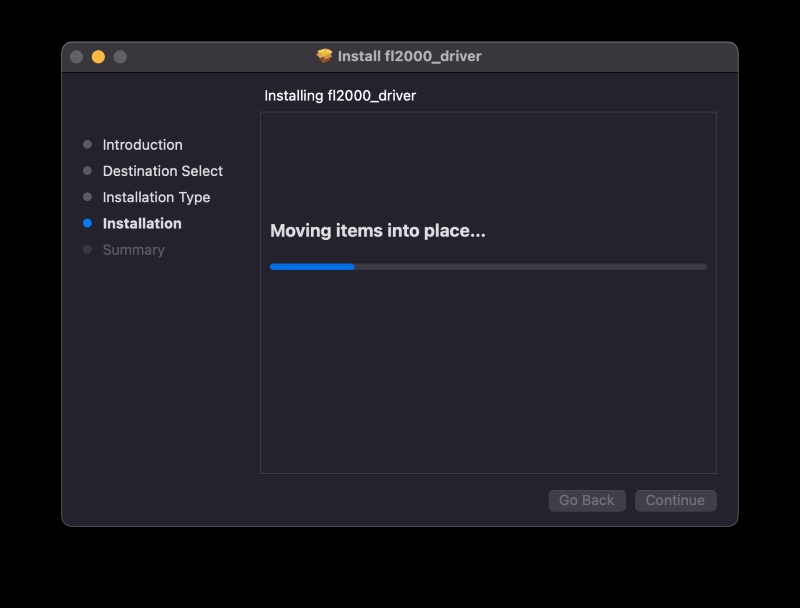
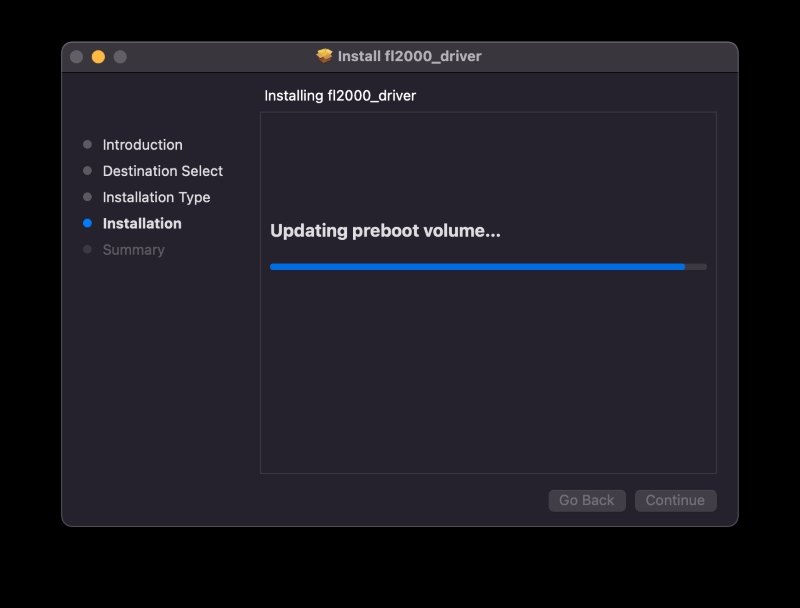
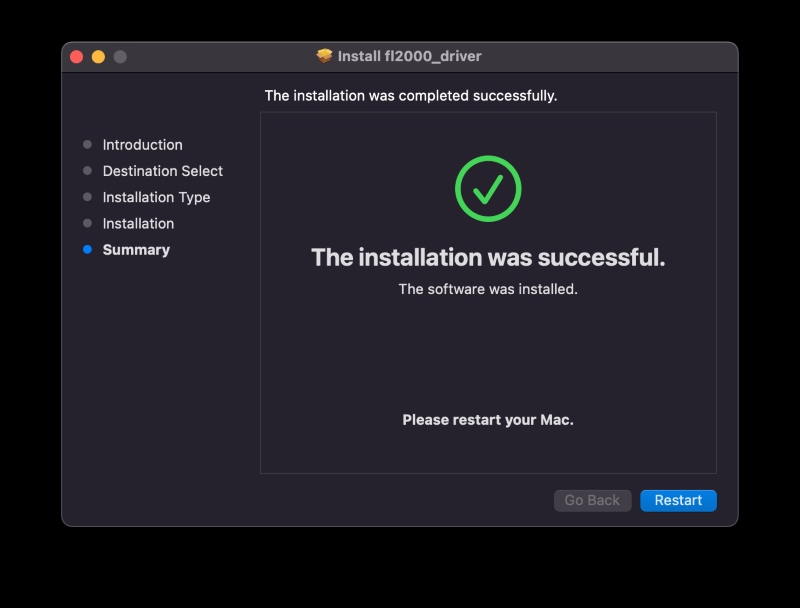
Step-by-Step Instructions
After downloading the drivers, follow these steps to connect your computer and external monitor using the adapter.
Step 1: Insert the adapter’s USB connector into the 3.0 port on your laptop or desktop PC. If your computer has multiple USB ports, it’s likely not all support 3.0. Ensure you plug the adapter into the 3.0 port for highest quality video outputs.
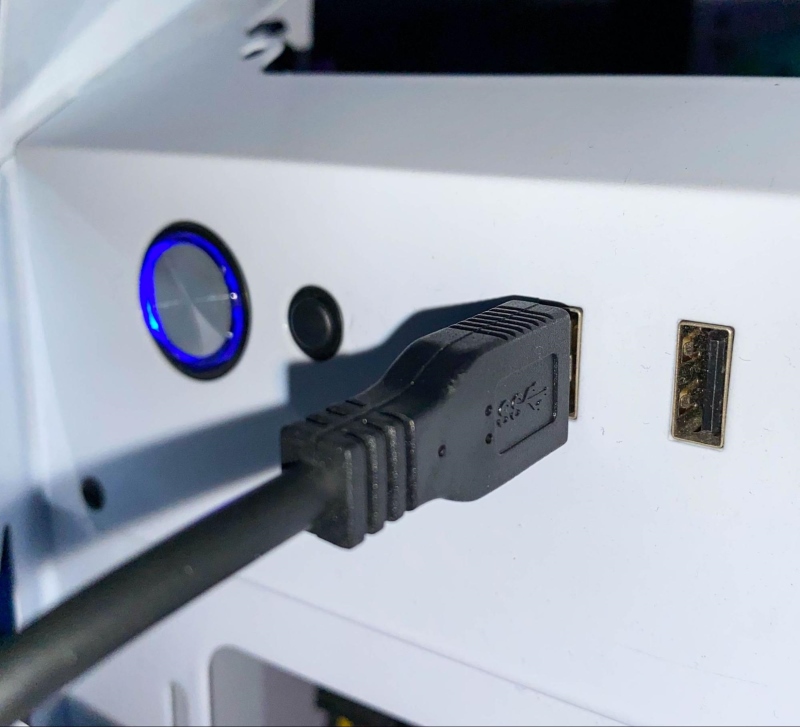
Step 2: Grab a VGA cord and plug it into the adapter’s VGA output port at one end and the other into your external monitor’s VGA input port.
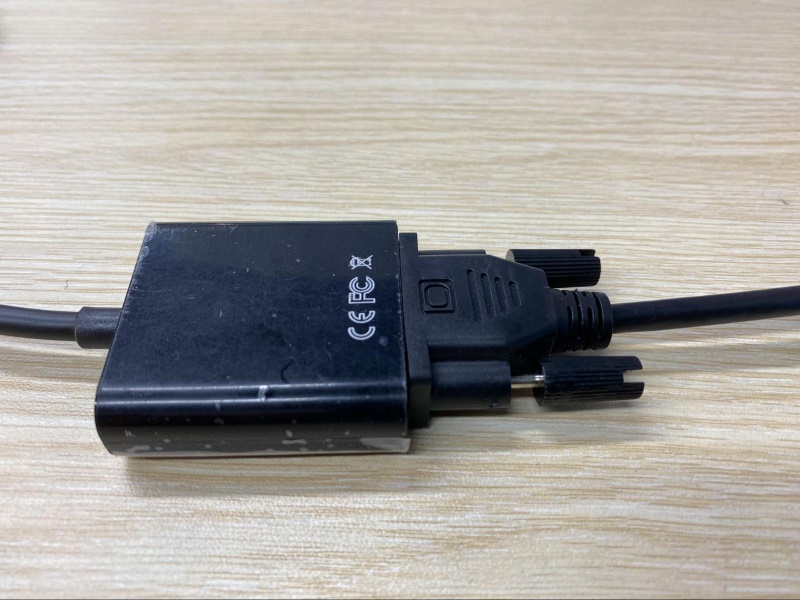
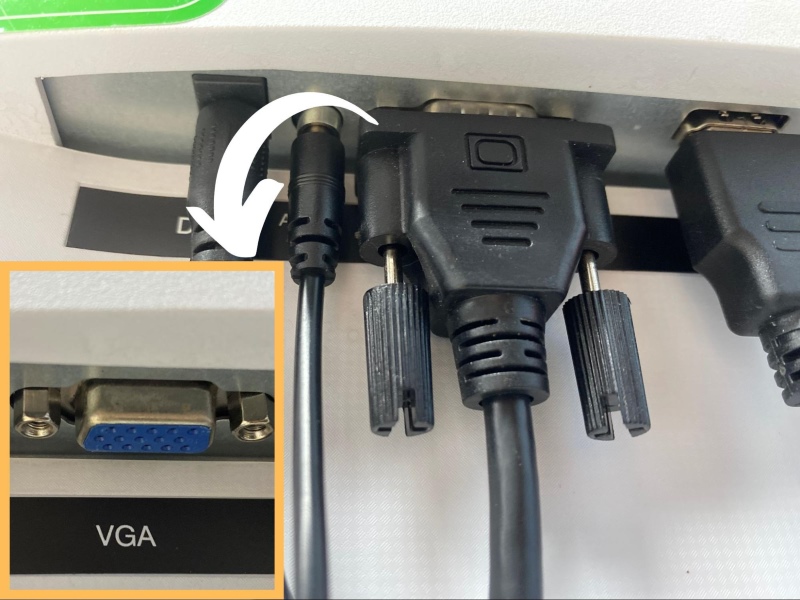
Since a monitor’s VGA port is always set to “input,” you’ll not have to change it in the device’s settings.
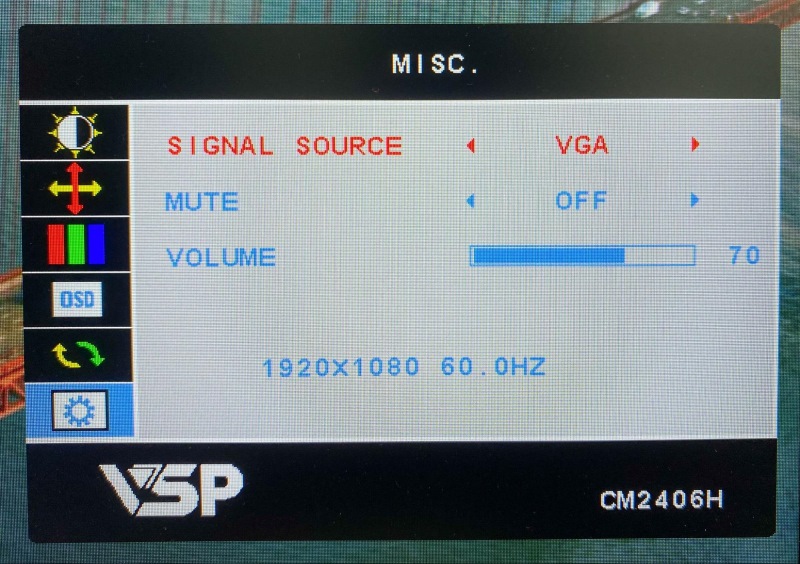
Your external monitor should now display the laptop or computer screen.
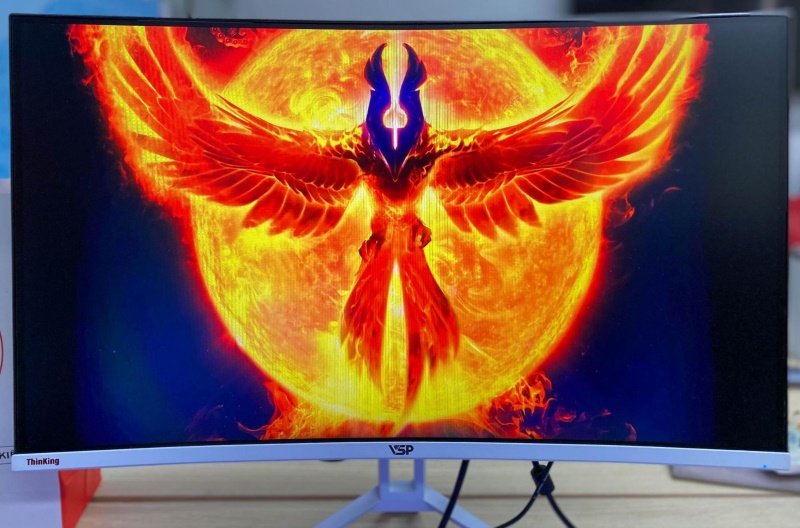
If needed, modify the external display configuration on your computer to optimize the video output.
For instance, if you’re on Windows, here are the steps to change secondary display settings:
Note: Connect the external monitor to your computer first. Otherwise, you’ll not have access to the following settings.
1. Open Settings and go to Display.
2. Select the external monitor or secondary display image under “Rearrange your displays.”
3. Scroll down and click the resolution drop-down under “Display resolution.” Ensure the resolution you pick matches your computer’s native resolution. For instance, if your laptop sports an FHD screen, select 1920 x 1080 for the external display.
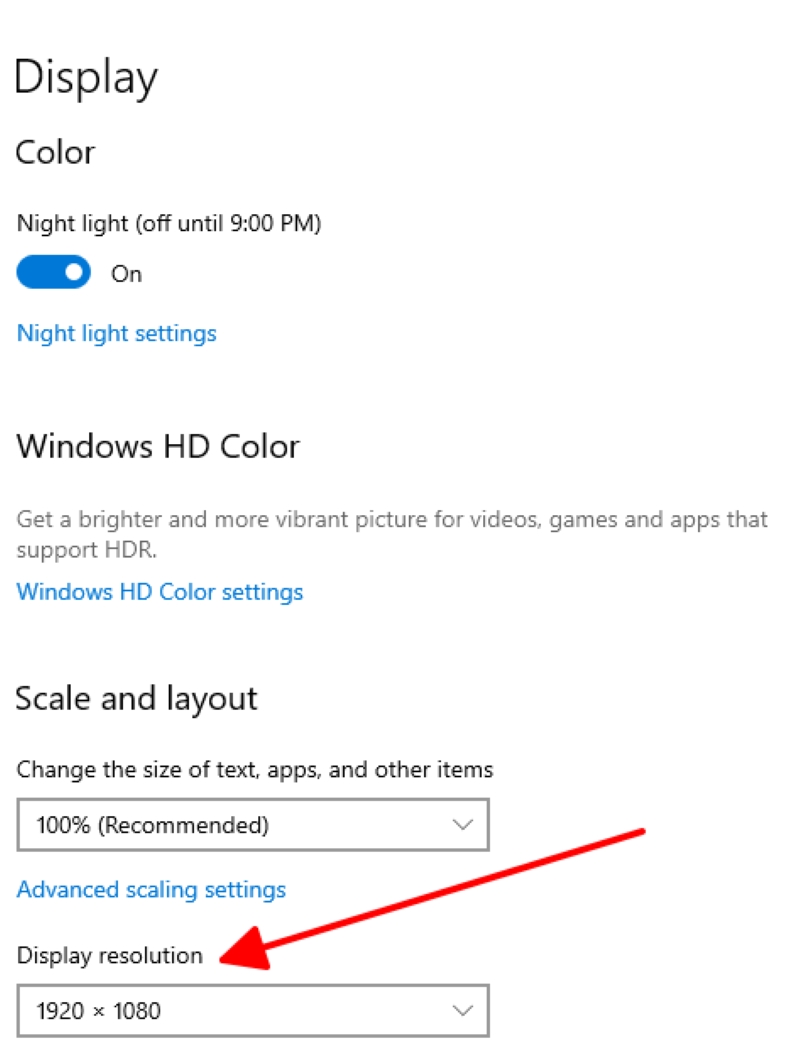
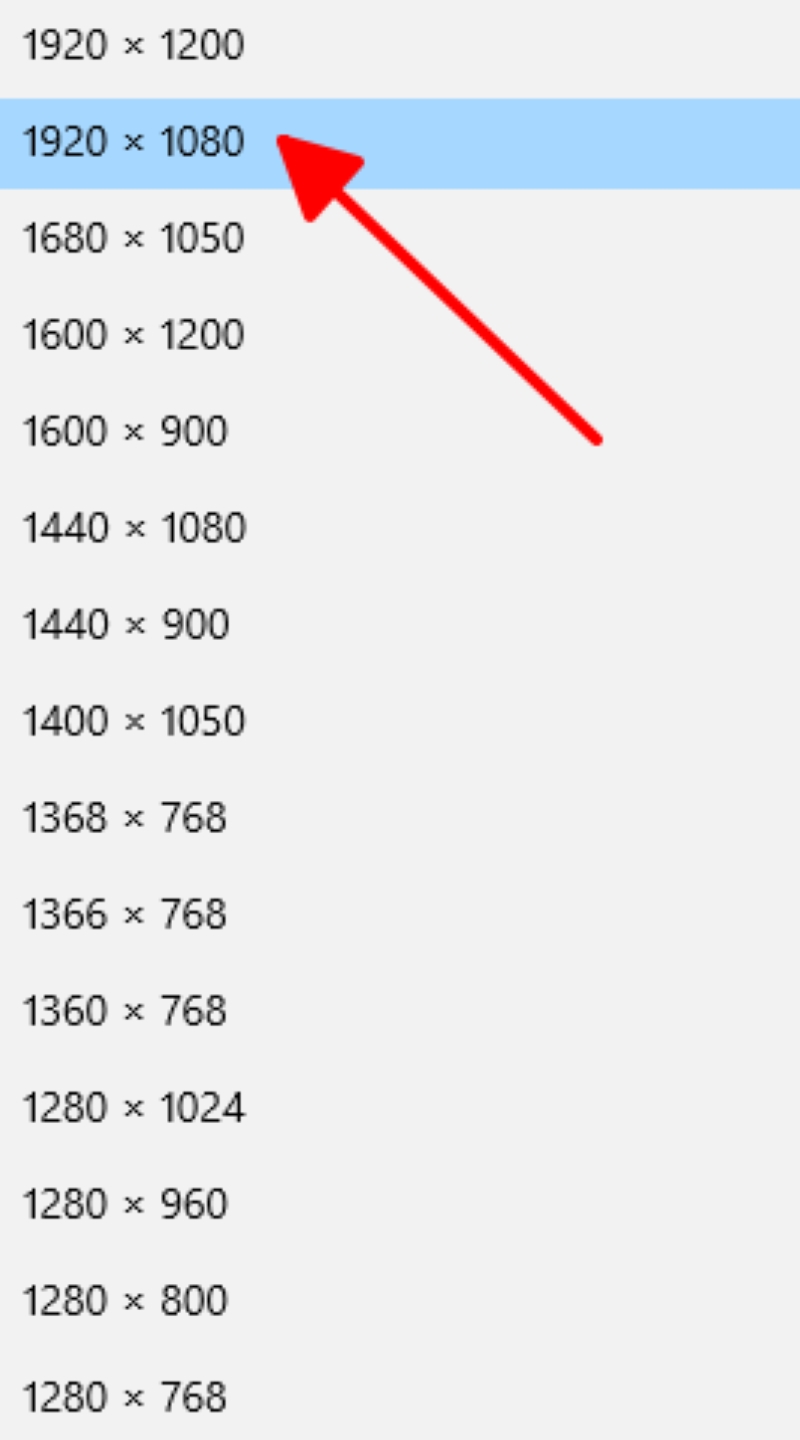
4. Click “Keep changes” from the alert message to confirm.
5. Finally, click the Apply button at the top to institute the change.
FAQ
1. Why Is the USB to VGA Adapter Not Supported on Linux and Chromebooks?
USB to VGA adapters are not likely to support Linux systems and Chromebooks due to the lack of compatible drivers.
Moreover, these platforms have unique restrictions and limitations, invariably stranding the hardware (both the adapter and the connecting devices).
Most importantly, the two platforms are nowhere as ubiquitous as Windows and macOS, resulting in their neglect.
Catherine Tramell has been covering technology as a freelance writer for over a decade. She has been writing for Pointer Clicker for over a year, further expanding her expertise as a tech columnist. Catherine likes spending time with her family and friends and her pastimes are reading books and news articles.


